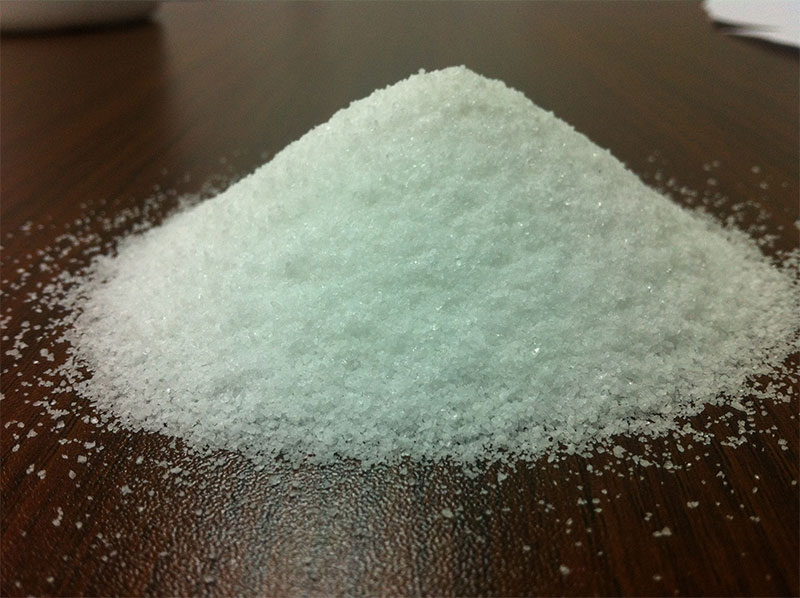
The role of cationic polyacrylamide in the treatment of catering wastewater treatment methods mainly include physical method, chemical method, electrochemical method, biochemical method, membrane method and so on. Use different treatments and different types of water purification agents.
The main characteristics of catering wastewater are high oil, high salinity, high chroma, high nutrition, high suspended matter, high COD, odor, perishable fermentation. This is because the main components of catering wastewater are all kinds of residual food, water, starch, animal fat, fat, vegetable residue, food fiber and other organic matter. These ingredients are mixed together, which makes the water quality treatment of catering wastewater complicated and difficult.
To treat the restaurant wastewater, firstly arrange several screens to filter out most of the organic matter such as food residue in the water, and then select chemical methods to reduce the contents of COD, chroma, SS and other indicators in the water, and at the same time precipitate the impurities in the water. After that, the water quality in the middle and upper layers of the sedimentation tank is decolorized and deodorized, and the impurities deposited at the bottom of the sedimentation tank can be pumped into the sludge enrichment tank. Then add cationic polyacrylamide, through the plate and frame filter press to produce mud cake with very low water content. These mud cakes can be used in planting, breeding and other industries. In the whole treatment process, cationic polyacrylamide plays the role of sludge dehydrating agent, the purpose is to reduce the water content of sediment in the sedimentation tank, conducive to the subsequent recovery and treatment of these sediments.